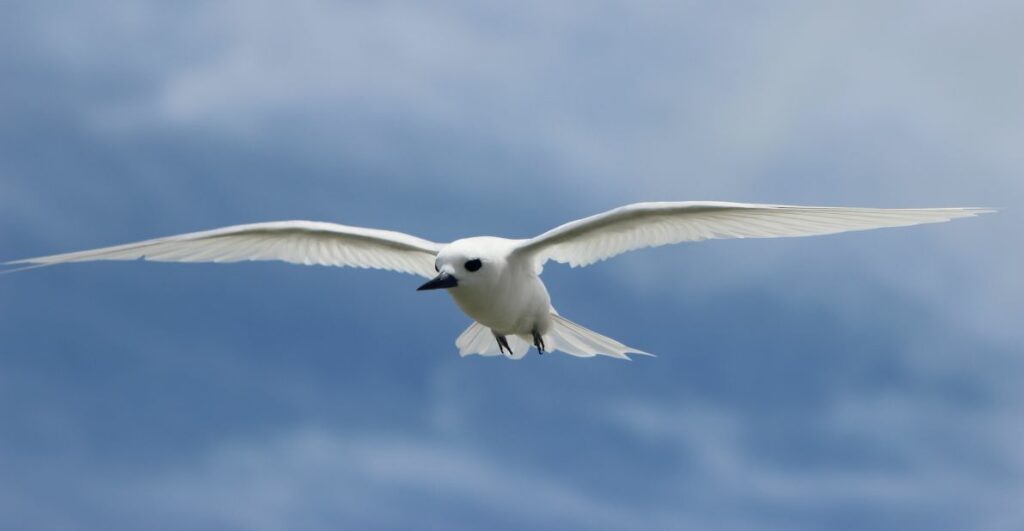Glorious Birds: Unraveling the Wonders of Avian Flight

Introduction:
The sky, vast and seemingly limitless, has always stirred the human imagination. For centuries, humans looked to the heavens with awe, captivated by the elusive art of flight. While modern aviation has allowed us to conquer the skies with metal and engines, the original pioneers of the aerial realm are the glorious birds. In this exploration of avian flight, we will unravel the intricate marvels of these feathered creatures, examining the evolutionary adaptations, breathtaking aerodynamics, and the symbolic significance of birds as the true architects of the sky.
- Evolutionary Masterpieces: Adapting for Flight
Birds, the only living descendants of dinosaurs, have evolved over millions of years to become unparalleled masters of the sky. The transformation from ground-dwelling dinosaurs to feathered aerial acrobats is a testament to the wonders of evolution. The evolution of feathers, lightweight skeletons, and highly efficient respiratory systems are key adaptations that enabled birds to conquer the challenges of flight.
Feathers, initially evolved for insulation and display, became pivotal in creating lift and generating thrust. The hollow bones of birds significantly reduce their overall weight, allowing for a more efficient and streamlined flight. Additionally, birds possess a unique respiratory system that ensures a continuous supply of oxygen during the demanding activity of flying.
- The Art of Soaring: Understanding Avian Aerodynamics
The intricate dance of flight involves a harmonious interplay of aerodynamic principles, finely tuned over eons of evolution. Birds exhibit a remarkable understanding of fluid dynamics, utilizing their wings to generate lift and thrust. The shape of a bird’s wing is a marvel of aerodynamic engineering, with different species evolving specific wing structures adapted to their flight styles.
Birds employ a variety of flight techniques, from the soaring grace of eagles to the rapid, agile maneuvers of hummingbirds. Understanding the nuances of avian aerodynamics unveils the diversity of flying techniques that birds have perfected, each tailored to their unique ecological niches.
- Migration: Epic Journeys Across Continents
One of the most awe-inspiring spectacles of avian flight is the phenomenon of migration. Birds undertake epic journeys, traversing thousands of miles across continents in search of food, breeding grounds, or more favorable climates. The ability of birds to navigate vast distances with precision remains a subject of ongoing scientific investigation.
The mysteries of bird migration involve a combination of innate navigational instincts, celestial cues, and the recognition of environmental landmarks. Some species, like the Arctic Tern, complete astonishing round-trip migrations, covering the distance from the Arctic to the Antarctic and back within a single year. Unraveling the complexities of bird migration adds another layer to the extraordinary capabilities of these magnificent creatures.
- Birds as Symbols: Cultural Significance of Avian Flight
Beyond their biological marvels, birds have permeated human culture as symbols of freedom, transcendence, and spirituality. Throughout history, various cultures have revered birds as messengers of the divine or as symbols of good fortune. The graceful flight of birds often serves as a metaphor for human aspirations, inspiring poets, artists, and thinkers across the ages.
In ancient mythologies, birds were associated with gods and goddesses, their flight seen as a bridge between the earthly and celestial realms. The enduring symbolism of birds in art, literature, and religious texts reflects the deep-seated fascination and reverence humans have held for these winged creatures.
- Threats to Avian Flight: Conservation Challenges
While birds have thrived for millions of years, the present poses unprecedented challenges to their survival. Human activities, including habitat destruction, pollution, and climate change, pose significant threats to avian populations worldwide. The delicate balance of flight and migration is disrupted as birds face habitat loss, collisions with human structures, and changing climates affecting their traditional breeding and feeding grounds.
Conservation efforts are crucial in ensuring the continued marvel of avian flight for future generations. From creating bird-friendly urban environments to protecting vital habitats, addressing these challenges is essential to preserving the beauty and functionality of birds’ aerial abilities.
Conclusion:
The miraculous phenomenon of avian flight transcends the scientific realm, captivating our imaginations and symbolizing freedom and transcendence. Birds, the original architects of the sky, have evolved into diverse and awe-inspiring creatures capable of feats that continue to inspire wonder. As we marvel at the graceful dance of birds in flight, let us not only appreciate their biological marvels but also recognize the importance of conservation efforts to safeguard these glorious creatures and the skies they call home. In the boundless tapestry of the natural world, the miracle of avian flight remains an enduring testament to the wonders of evolution and the intricate balance of life on Earth.




